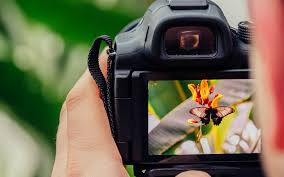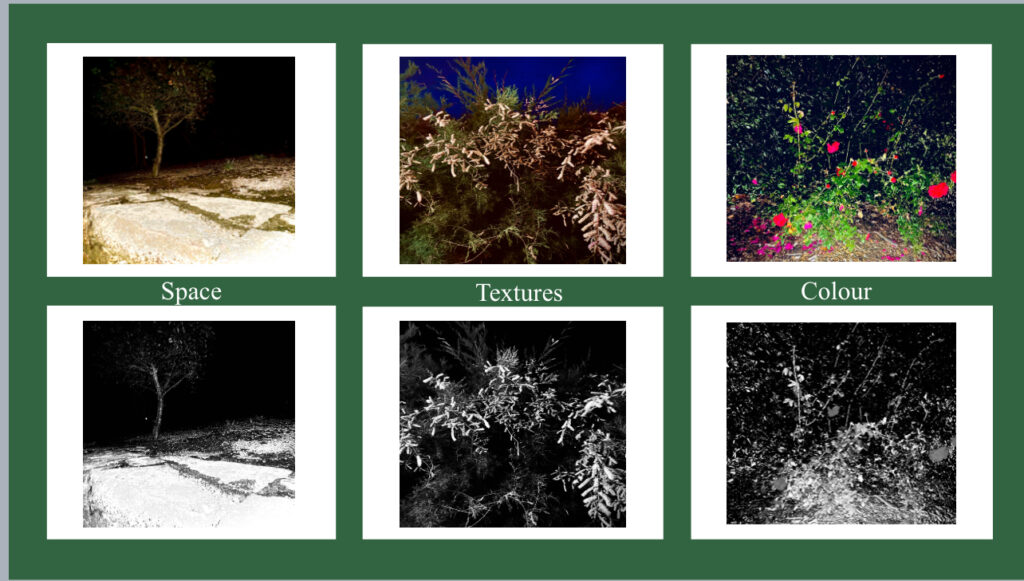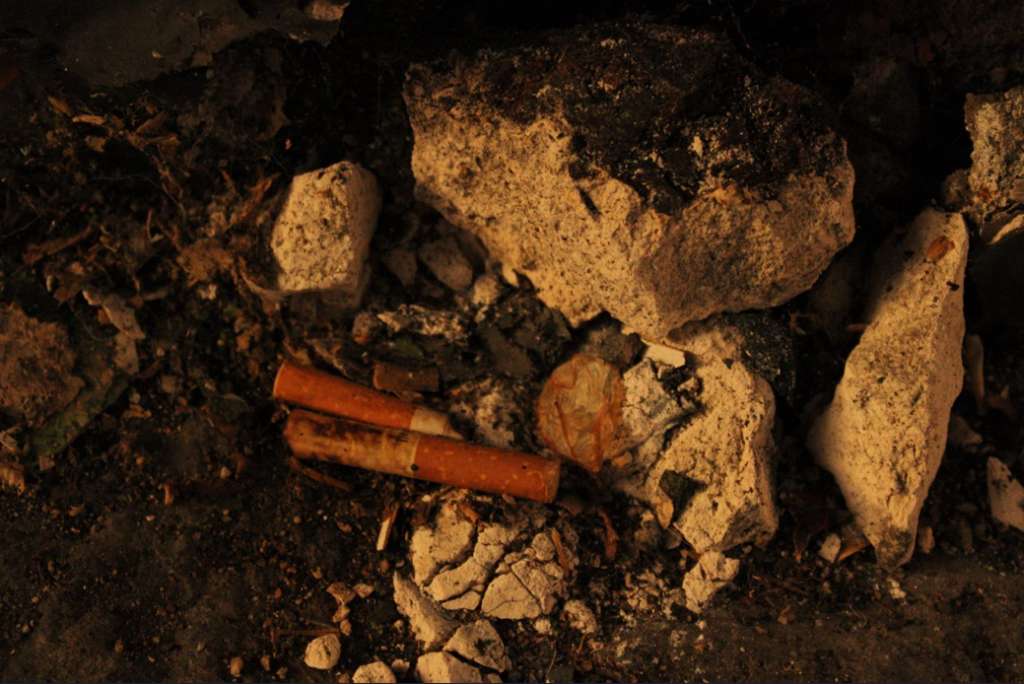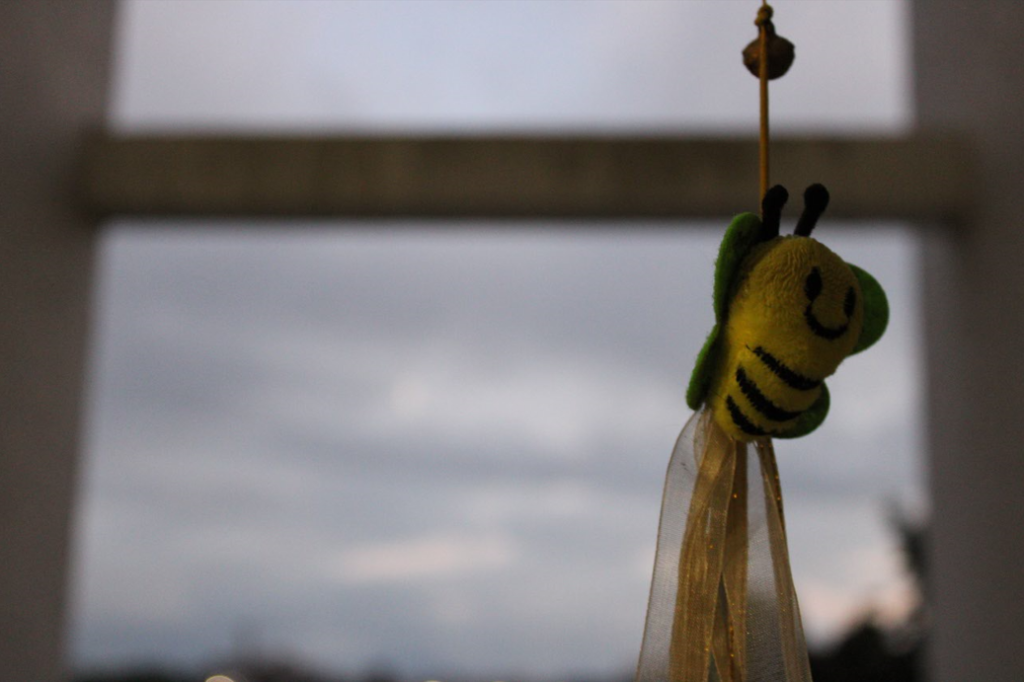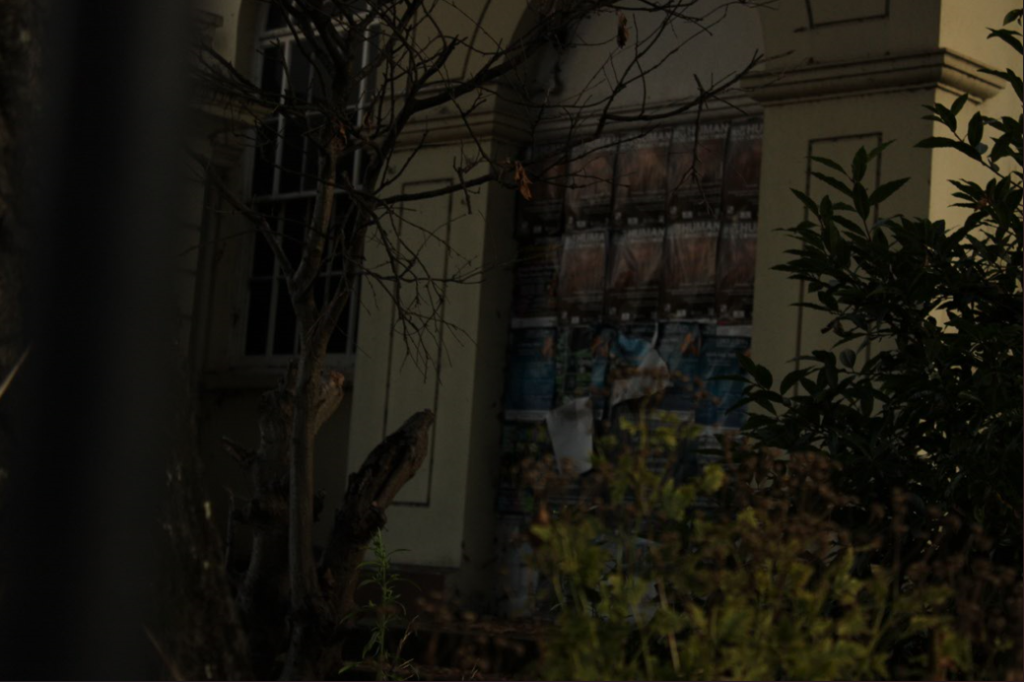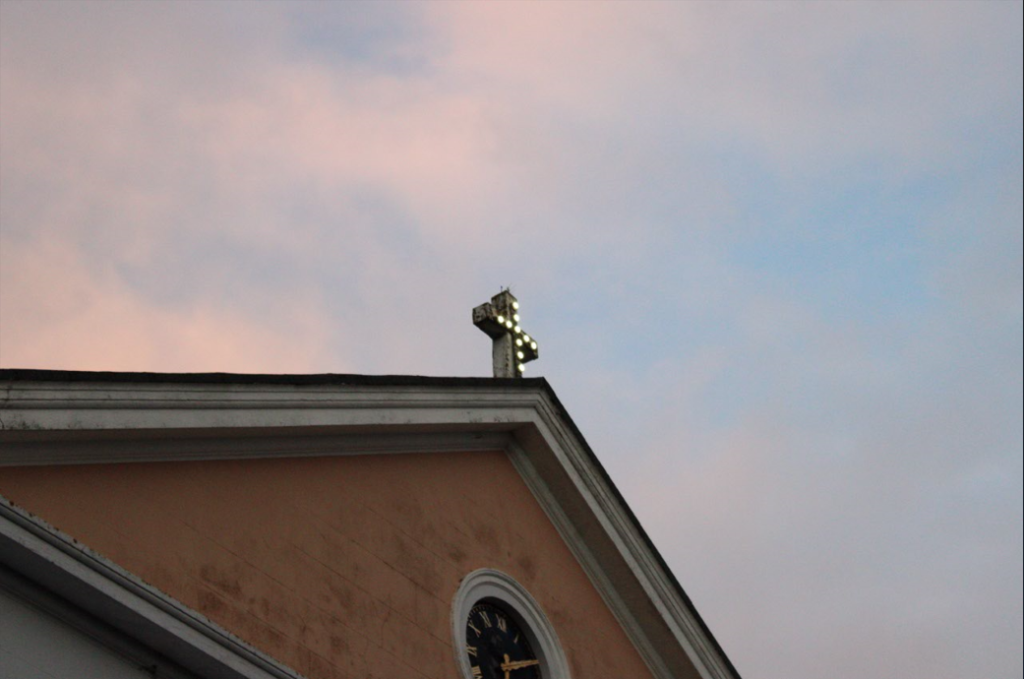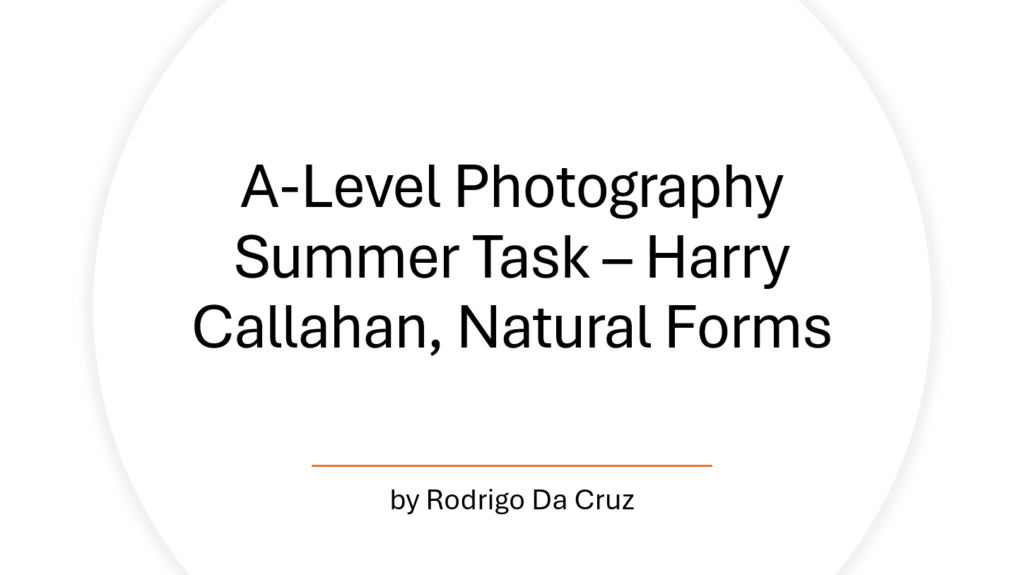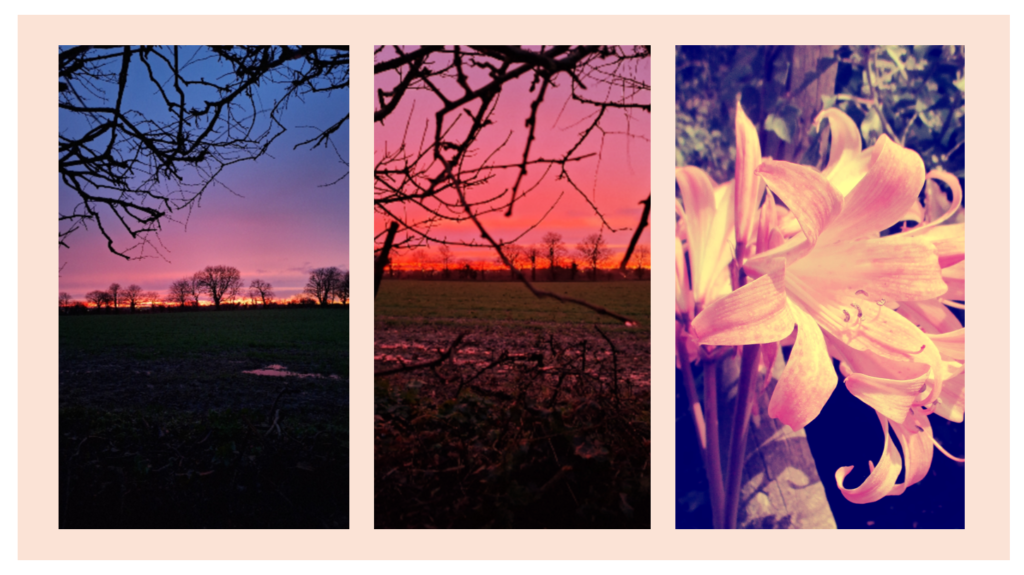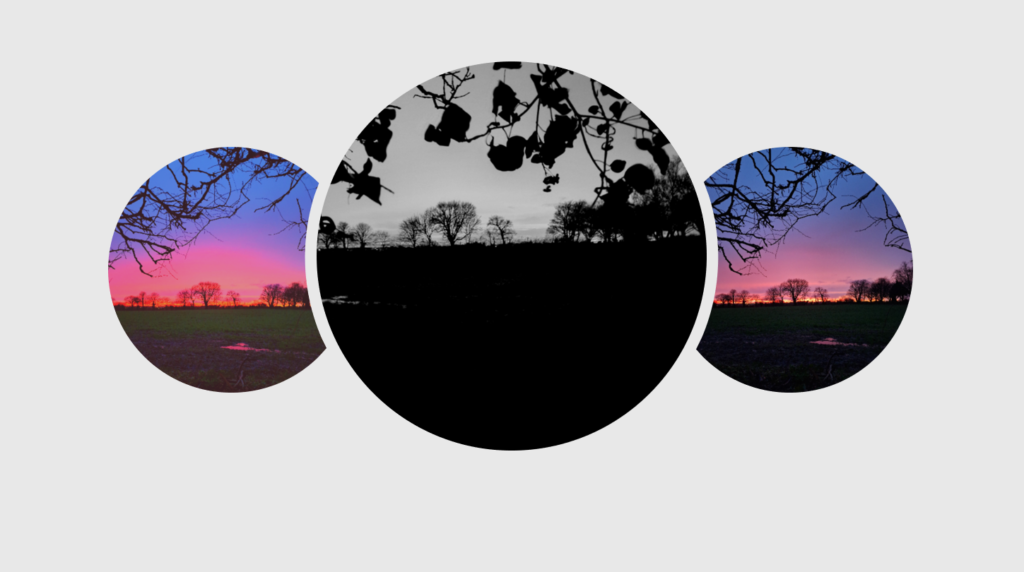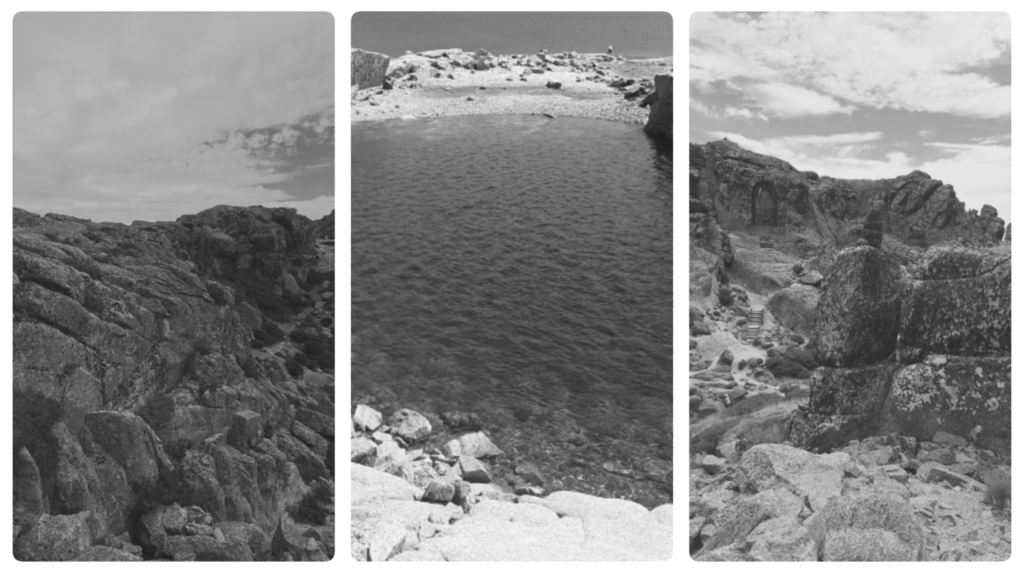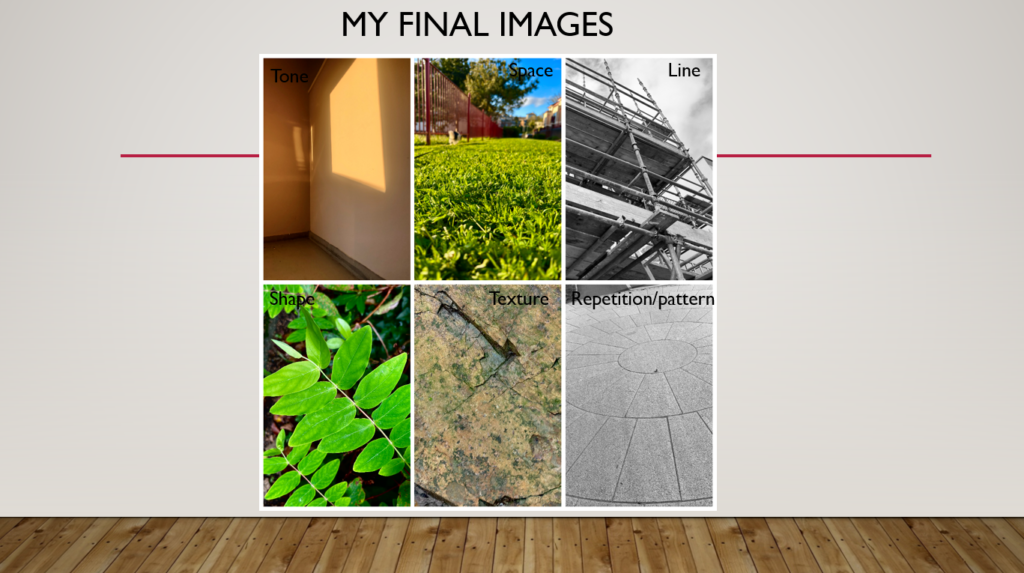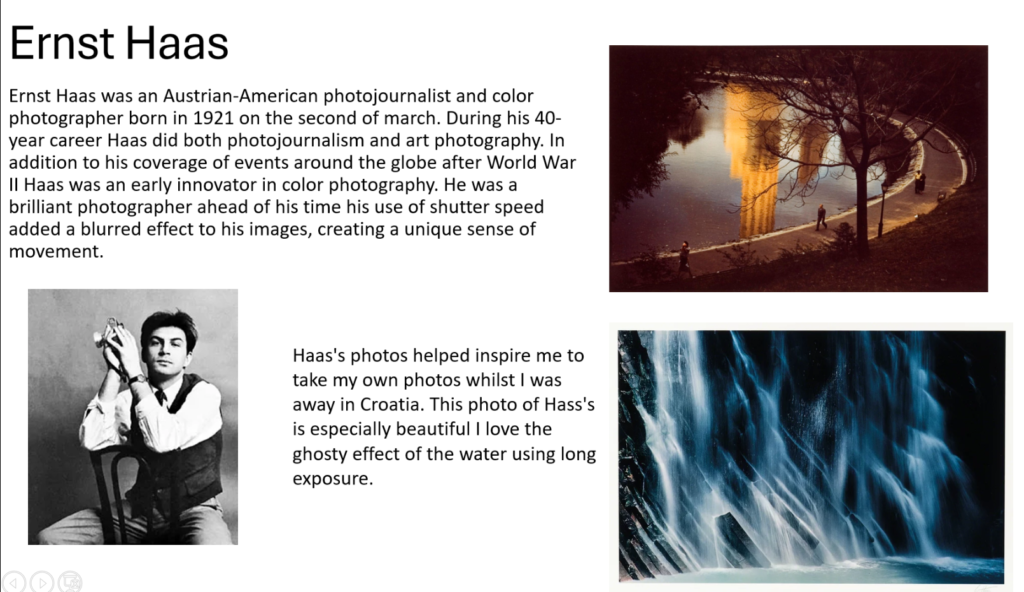A camera obscura consists of a dark box, tent or room with a small hole in one side or the top. with light from an external scene through the hole and strikes a surface inside, the scene is reproduced but inverted and reversed with colour and perspective preserved. Although camera obscura is old and we have developed more high-tech cameras the concept of camera obscura is still used by photographers world wide


These images are an example of how camera obscura works
Nicephore Niepce
Joseph Nicephore Niepce was a French inventor and one of the earliest pioneers of photography. Niepce used his heliography process which was an early photographic process producing a photoengraving image on a metal plate coated with an asphalt preparation to capture the first photograph, but his pioneering work was soon overshowed by the invention of daguerreotype.
Daguerreotype is a direct-positive process, creating a highly detailed image on a sheet of copper plated with a thin coat of silver without the use of a negative. the process required great care. The process required great care. The silver plated copper plate had first to be cleaned and polished until the surface looked like a mirror


Louis Daguerre
Louis was a painter and a stage director. He was a student of Degotis, who was a creator of stage setting at the Paris opera, where he started at the age of 16.
while Daguerre works exhibited in the art shows that he never really had huge success, from 1817-1822 his work was shown at the opera brought him unanimous praise from critics and from the public, he displayed original creativity with his light effects, creating moon rises or moving suns that remained in peoples memories.
Daguerre was developing hislighting talents, acquired during his years as a set designer at the Opera and the Ambigu, to change the mood of a same scene. This created such an illusion of reality that the Diorama became a huge success. Later on, the two partners adapted to these huge sets the principle of showing the optical views either with front or back lighting. In this case the scene watched with a dim lighting, whence a night effect that could be accentuated by painting to the back of the view a decor with the purpose of masking some parts of the image creating new shadows corresponding to night. Going from one to the other lighting, the same scene would progressively change from day to night.

Daguerreotype
The daguerreotype is a direct-positive process, creating a highly detailed image on a sheet of copper plated with a thin coat of silver without the use of a negative. The process required great care. The silver-plated copper plate had to be cleaned and polished until the surface looked like a mirror
Henry Fox Talbot
Whilst on honeymoon in Italy with his wife Constance, Talbot tried to draw a picture of Lake Como using a camera Lucida. A camera Lucida is a drawing aid which uses a prism to allow the artist to simultaneously see the landscape before him or her and the drawing paper. Talbot was frustrated with the outcome of his drawing, especially in comparison to Constance’s accomplished artwork, and wished that the image made by the camera Lucida could be fixed in a more mechanical and accurate way.
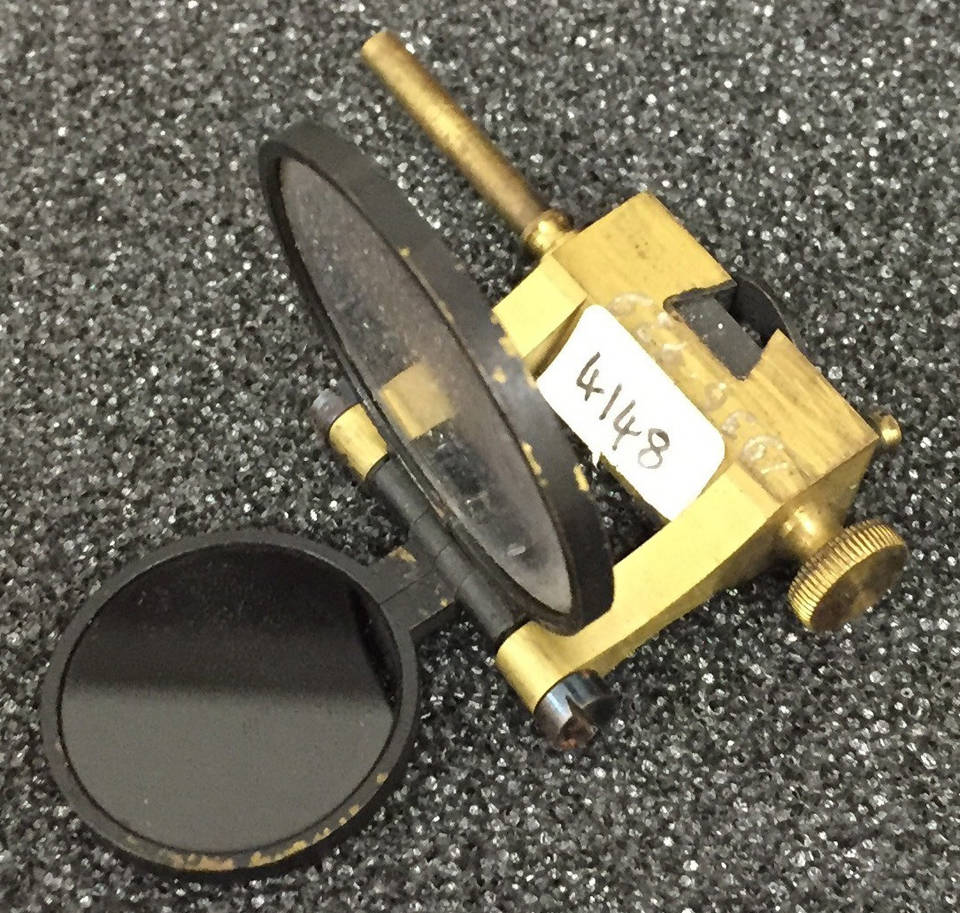
Richard Maddox
Richard Maddox was an English photographer and physician who invented lightweight gelatin negative plates for photography in 1871. Dry plate is a glass plate coated with a gelatin emulsion of silver bromide. It can be stored until exposure, and after exposure it can be brought back to a darkroom for development at leisure.
The advantages of the dry plate were obvious: photographers could use commercial dry plates off the shelf instead of having to prepare their own emulsions in a mobile darkroom. Negatives did not have to be developed immediately. Also, for the first time, cameras could be made small enough to be hand-held, or even concealed: further research created fast exposure times, which led to ‘snapshot’ photography (and the ‘Kodak’ camera with roll film), ultimately paving the way for cinematography.
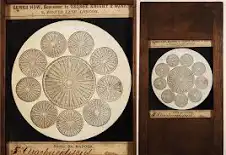
George Eastman
When Eastman was 23, a colleague suggested that he take a camera on an upcoming vacation. Eastman bought a photographic outfit, and although he never made the journey, he became fully engrossed in photography. However, the weight, awkwardness, and cost of the equipment required to take and develop photographs soon led Eastman to seek improvements. He spent three years in his mother’s kitchen experimenting with gelatine emulsions, and by 1880, he had invented and patented a dry-plate coating machine.
In 1881, with the financial backing of Rochester businessman Henry Strong, Eastman formed the Eastman Dry Plate Company (reincorporated as the Eastman Dry Plate and Film Company in 1884 and as Eastman Kodak Company in 1892). With a series of innovations, the company created easy-to-use cameras that made photography widely accessible, established the practice of professional photofinishing, and developed a flexible film that was a critical contribution to the launch of the motion picture industry.
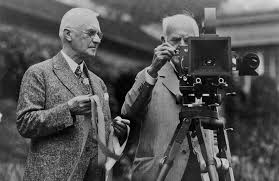
Kodak Brownie
The Kodak “Brownie” camera made its debut at the turn of the twentieth century and sold for one dollar. One hundred thousand of them were purchased during the first year alone. The Brownie helped to put photography into the hands of amateurs and allowed the middle class to take their own “snapshots” as well.
Eastman Kodak introduced the new Brownie dollar box camera in 1900; the release was supported by a major advertising campaign. The name “Brownie” was chosen primarily because of the popularity of a children’s book of cartoons of the same name, and partly because the camera was initially manufactured for Eastman by Frank Brownell of Rochester, New York.
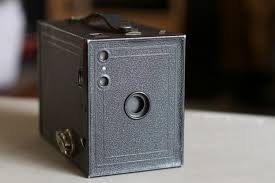
Digital Photography
Digital photography is the process of capturing images electronically rather than by analog methods such as film or instant Polaroid’s. A digital image is captured to a solid state sensor containing an array of photodetectors or pixels. The digital images are then stored as a type of computer file* that can be processed, edited and corrected using software such as Adobe Photoshop.
Digital imaging, whether stills or video, encompasses capturing, storing, and manipulating images through electronic devices like cameras and smartphones. Unlike traditional film photography or video, digital for both mediums relies on sensors to convert light into digital data.
